HISTORY BEFORE THE HISTORY
Kawartha Settlers’ Village covers life in Canada from the 1850s to the 1930s. It is a hundred years steeped in history! it is important to understand how Canada evolved to accommodate these settlers! So let’s take a look at how Canada came to be.
Canada was not always known as Canada. There were many different tribes now known as the First Nations who called the land home. Tribes such as the Iroquois and Anishinaabe lived off the land for thousands of years.
The earliest known record of European arrival in Canada is in the 1000s! Historians credit Leif Erikson, a Viking explorer, with the first arrival to Canada. He set foot on present-day Labrador. His settlement, L’anse aux Meadows, still exists today in modern-day Newfoundland.
In 1497, English explorer John Cabot drew the first map of the eastern coast of Canada.
Canada received its colonist name between 1534 and 1542. French explorer Jacques Cartier overheard two First Nations guides mention the Kanata. In the Iroquois language, Kanata translates to “village.” Cartier mistook it as the name of the land. Through the Europeanization of the word, the land on which we are guests is now known as Canada.
In 1604, French explorers Pierre de Monts and Samuel de Champlain arrived to settle in what is now Quebec. They established a French settlement and built a fort that is now known as Quebec City.
During the Revolution of 1776, British soldiers fled the United States to Canada. This was because Canada was a settlement that still had allegiance to England. Canadians welcomed their refugee neighbours to the south. This began a tense relationship between young America and Canada.
This tension reached its boiling point in 1812. American settlers were furious with the British Navy’s interfering with trading routes. They sought to take control of Canada, a British colony, by staging an invasion. The Americans believed that the conflict would be a swift and easy victory. The Canadians proved them dead wrong! Though neither side gained territory, Canada managed to fight off invaders. They captured Detroit for a time. They fought off a 4000 man strong army with a troop of only 460, and even burned down the American White House! Canada did this all, even without status as a country! In the end, Canada proved to its neighbours to the south that they are a force not to trifle with.
In the 1830s, there was a series of civil uprisings between the regions of Upper and Lower Canada. These uprisings led to a peaceful agreement in 1840. The two regions unified under a system of government we still use today. This system became known as “responsible government.” This system focused on parliamentary accountability. A system in which representatives of the people make their voice heard. This means the government did not rely on arbitrary decisions from a monarch. It introduced the concept of “majority rule” in government. if a majority of representatives do not agree with the ministers of the crown, the motion does not pass.
In 1867, Canada received its independence after unifying Upper and Lower Canada. Unification included Ontario, Quebec, New Brunswick and Nova Scotia. These provinces established a new country known as The Dominion of Canada. This was through a process known as “Confederation.” They were still loyal to and recognized as a member of the British Commonwealth. But the Dominion of Canada could now elect its own government. Canada also had legislative power over areas such as education and healthcare.
This series of events paved the way for the rich history of Kawartha Settlers’ Village. Settlers and pioneers worked hard to establish their own identities through this change! They too evolved and adapted to changing times, ideologies, and technologies. It is these evolutions that shaped and molded Canada into the beautiful country it is today!
Liam Parker
